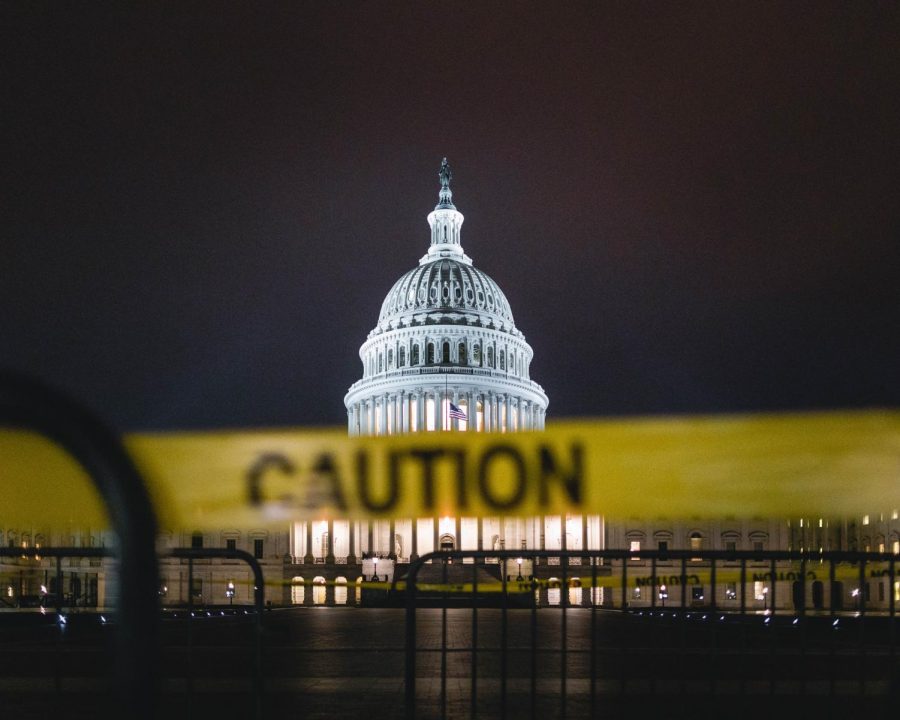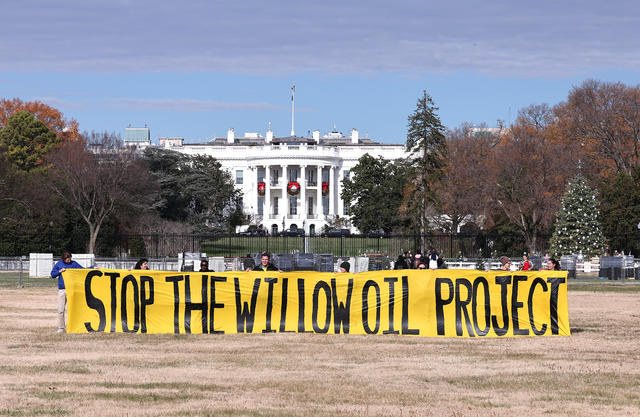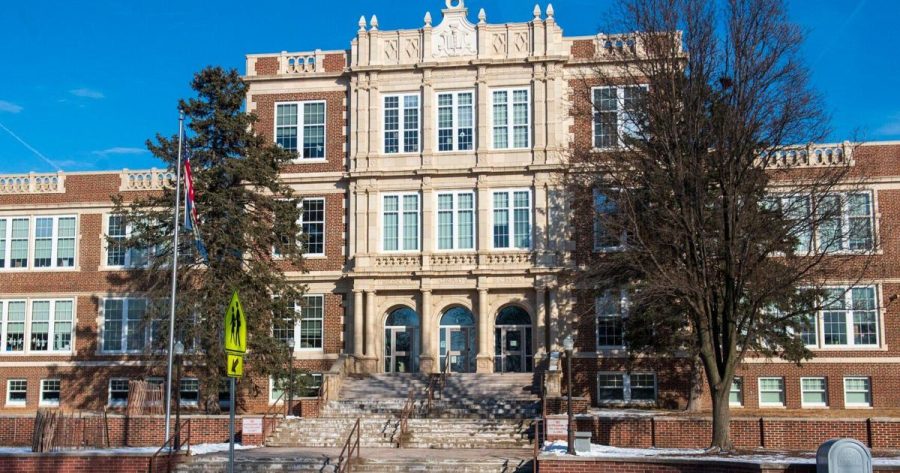The United States often regards itself as a bastion of freedom and liberty, but when pressed on what that means when compared to other countries, it often falls short. According to the Human Freedom Index, an index “based on a broad definition of freedom that encompasses personal, civil, and economic freedoms. The index takes into account 79 distinct indicators of freedom, such as freedom of speech, freedom of assembly, property rights, and access to the internet”, the United States ranks 17th.
It’s not much better with their ranking on the quality of life index, an index created by the WHO, being a mere 15th. The natural question that these results lead to is “How could a country that takes so much pride in itself not even place in the top ten of either index?” This has a lot to do with how we deal with protests that fight for a more just future, our labor and union laws, and what individual rights we have.
As peaceful protests around rights for people of color and other minorities have become more common in the past three years, it’s important to look at what the response to this has been. In 2020, police in New York responded to peaceful protests with mace and metal projectiles surrounded in hard plastic often referred to as “rubber bullets”.
In Wisconsin, Kyle Rittenhouse shot three people at a peaceful protest, two of which died. Atlanta has responded to BLM protests by planning the construction of a new police training ground in 2021. Among other things, it will include a mockup version of the city, a classroom, and a shooting range.
The increased militarization of the police isn’t limited to Atlanta, however. New York City, Los Angeles, Portland, Washington D.C, Nashville, Louisville, St. Louis, Kansas City, Austin, Dallas, and many other American cities. This means they have access to armored cars, assault rifles, submachine guns, flashbang grenades, grenade launchers, sniper rifles, and SWAT teams.
This adds on to what was already available like tear gas, a U.S. invention to quell labor protests in 1919, and rubber bullets, a misleading term that refers to a large bullet-shaped object with a metal core surrounded in a hard vinyl plastic or hard foam, that were created in the 1970’s. All of these items are to deter protests, peaceful and otherwise. In New York City specifically, police used an anti-protest method where police surrounded peaceful protesters and attacked them with batons and pepper spray commonly referred to as ‘kettling’.
Although protests around the rights of people of color and other minorities have spiked in recent years, violence surrounded peaceful protests isn’t new. All the way back to the Civil Rights Movement, police can be found suppressing peaceful protests. Groups like the Freedom Riders who rallied people of color to register to vote often came away bruised by police and counter-protesters. In the late 60’s to the 80’s, the Black Panther Party (BPP) saw that the government had done very little to help people of color who had a low socioeconomic status due to the lasting effects of Jim Crow. They provided Free Breakfast for Children Programs, education programs, and health clinics for those who needed them. They carried guns as a means of protecting communities from police brutality, but remained largely peaceful on their end for most of the party’s lifespan. They were the primary target in an illegal FBI operation called “COINTEL” where the FBI provoked infighting between the BPP and other black activist groups and harrassed workers of the BPP’s social program. The BPP was disbanded in 1982 largely because of the FBI’s efforts.
The United States’ approach to labor unions is another contributing factor in the decreased quality of life and limited freedom that is truly provided. The first attempt towards advocating for better working conditions was in 1906 when Upton Sinclair published The Jungle. His book uncovered the horrors of the meat packing industry, although his audience cared less about how the workers were treated and more about what it meant for the product they consumed. Sinclair later said “I aimed for the public’s heart, but hit them in the stomach” when referring to the reaction of the public. The first real strides towards better conditions was in 1919 when The Great Steel Strike took place. It helped to generalize the 8 hour workday and other safety and quality of life changes. There were strikes for an 8 hour workday, however, as far back as 1791 in the United States with various ones being successful. Since then, not many strikes have made major changes to how laborers in the U.S. live. We have a minimum wage of $7.25, a number that hasn’t been updated for the cost of living in 30+ years, a retirement age of 65, and very few jobs that allow for more than a week’s worth of paid maternity/paternity leave, paid time off, and other perks that help increase productivity. In comparison, France has a retirement age of 62 (and protesters to back it up), the EU requires that every country inside it have a minimum of 4 paid weeks off for government workers and a minimum of 10 days paid for other workers on top of 12 paid public holidays and 4 months off of parental leave per parent (although some countries give their citizens more than this minimum).
The reason that more strides like this haven’t been made in the United States revolves around union busting tactics in the U.S. According to Labor Lab, a worker’s rights organization, one of the most common of these tactics is hiring consultants to lie, manipulate, and threaten workers. They say that employers spend $300 million every year on lawyers that specialize in union busting. Another common one is taking workers who are already against the union and having them “parrot” the consultants’ talking points. Companies will also make employees on strike attend forced meetings one-on-one to intimidate them and force them to listen to anti-union propaganda. These meetings can last however long the company wants which can lead to employees listening to this propaganda for upwards of 6 hours if the company feels it is necessary to wear them down. Companies may also promise to change on their own, though this is not guaranteed since it means there is no union to hold them accountable. Many companies also delay union elections and contract negotiations because after enough time, an impasse will be passed where the last offer made by the company is implemented, regardless if the union was in favor of it or not. Alternatively, the president can also quell labor strikes as we saw with the rail strike in 2022. He signed a bill that gave them a single day of sick leave (up from the previous zero sick days, but down from the 15 that the union wanted and 7 that the House of Representatives thought could be achieved) and effectively told them to get back to work.
The United States talks a lot about being a free and just country, but when that freedom is actually measured, it falls short of holding any truth to those statements. Peaceful protests have been and continue to be met with violence and unions struggle to hold any real power due to anti-union tactics that can be found almost exclusively in the U.S. If we hope to make any real change towards the freedom and quality of life in America, we have to fight against these century-old systems as a group. While it’s harder to be against these systems than it is to be for them, strength comes from uniting against them and fighting together. France has been protesting for two months straight to fight for their rights. The United States sparked international demonstrations and protests in 2020 in support of the Black Lives Matter movement. We’ve held protests in spite of violent attempts to silence them before and we must hold them again to have any chance of making change.




